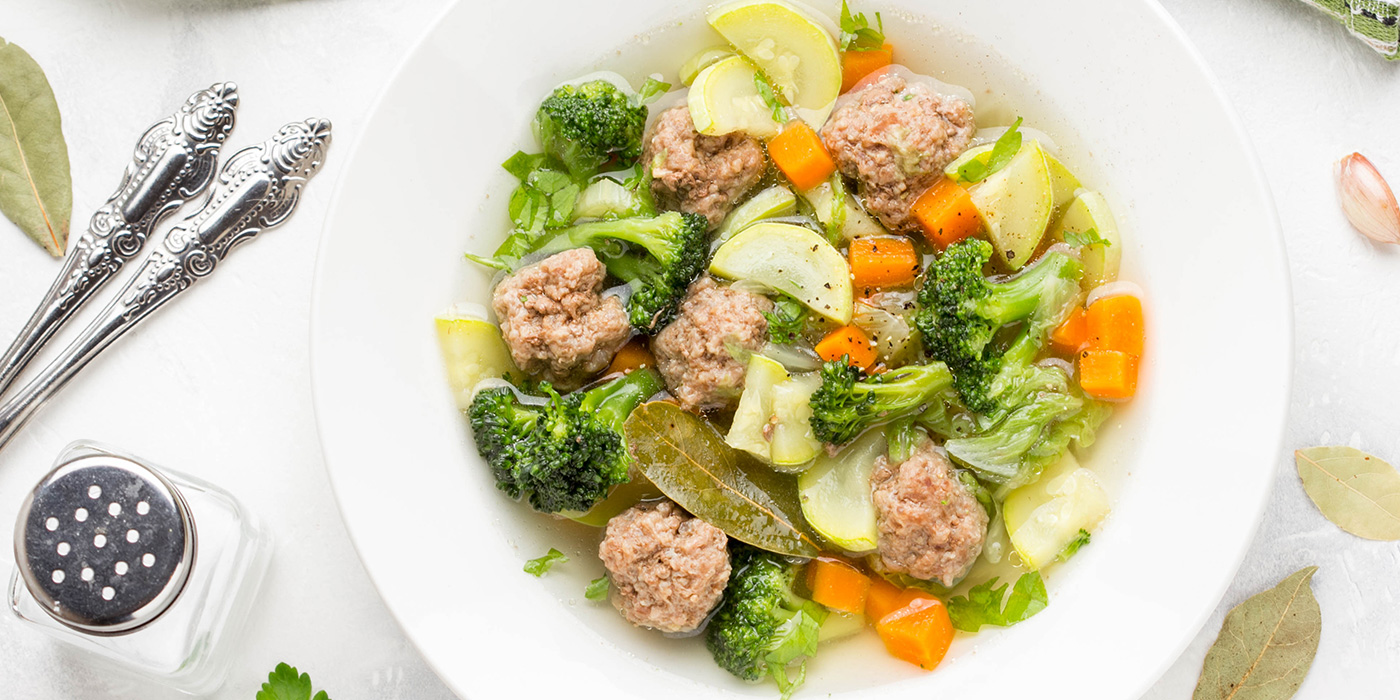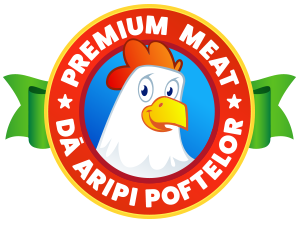Among the daily concerns and occupations of people, there has been, over time, the production and preparation of products in order to provide food and feed the body. Throughout history, nutrition has constantly evolved and developed closely with the occupations and activities of people and societies. Thus, in addition to social, economic or administrative activities, food has always been a central concern. Therefore, regardless of the social class, regardless of mood, food could never be ignored. On the contrary, it was the foundation of the development of peoples and societies everywhere.
Even though eating habits and habits related to this aspect of everyday life have changed throughout history of all peoples, by adapting and evolving, a diversity of foods, that is impossible to know entirely, was created. Chicken contains all the essential amino acids needed for human food and has no fat inside or between the muscle fibers. In addition, meat and poultry are a rich source of mineral salts and vitamins. As in many other industries, the meat industry has become more and more mechanised in its production, often by using machines when it comes to slaughter chicken and to replace much of manual labor. The purpose of these machines or equipments is to cut the chicken meat away from the bone, and to avoid scattering the bones in the product. This aspect, along with the high volumes involved in meat production, means that there is a considerable amount of chicken meat, muscular, of good quality, left on the carcasses. This valuable resource must be carefully cut so that it can be used in meat products and in what specialists call premium meat.

With modern equipment and state-of-the-art technologies, the food industry and, in particular, the meat industry has seen a significant development, which contributes to the achievement of high-quality products. Poultry meat occupies an important place in human nutrition due to its quality. Unlike other domestic animals that are reared for meat, the chicken has the advantage of providing fresh meat, due to its low body weight. Poultry meat, in the broad sense of the word, means skeletal muscles together with natural connective tissues: connective, bone, oily, blood vessels and lymph, nerves and skin. Sometimes this category also includes edible organs: heart, liver, gizzard, spleen.
Whether it’s a butchery or a company in the Horeca industry, in order to make the shift from frozen products to fresh products or from medium quality to gourmet products, technological development is essential and, by choosing the right equipment, both standards and product quality will increase, along with your company sales. Machinery and equipment, such as thermoforming machines, meat saws, meat processing machines, slicing machines, helps in the production of food products, and performs various operations in the production process, thus ensuring increased labor productivity, on the one hand, and the achievement of tasks and processes in optimal and high quality terms, according to technological specifications, on the other hand. This can also reduce production costs, reduce physical effort by introducing mechanization and automation, but without affecting the quality, thus obtaining good quality products, whose characteristics are in line with current standards and norms.
For a safe and profitable development of your business, machinery and equipment used in the food industry must meet a number of requirements: from the design stage, as it must be provided with modern systems that incorporate the new scientific research results. Also, the active parts of the machinery, which come in direct contact with the raw material, must be made of stainless steel. In the case of assemblies of operating parts at very high speeds, they must be fitted with static and dynamic balancing systems and the components of the machine shall consist of assemblies and easily assembled subassemblies.
Astfel se poate obține și o reducere a costurilor de producţie, reducere a efortului fizic prin introducerea mecanizării şi automatizării, dar se pot obține produse de bună calitate, a căror caracteristici se încadrează în standardele și normele în vigoare. Pentru o dezvoltare sigură și profitabilă a afacerii dumneavoastră, maşinile şi utilajele folosite în industria alimentarã trebuie sã respecte o serie de cerinţe: încă din faza de proiectare, acestea trebuie sã fie prevãzute sisteme moderne ce înglobeazã noile rezultate ale cercetărilor stiinţifice din domeniu. De asemeni, părțile active ale utilajelor, cele care intră în contact direct cu materia primă, trebuie să fie realizate din oțel inoxidabil alimentar. În ceea ce privește ansamblurile de piese ce lucreazã la turaţii foarte mari, acestea trebuie sã fie prevãzute cu sisteme de echilibrare staticã şi dinamică, iar pãrţile componente ale maşinii sã fie constituite din ansamble şi subansamble uşor cuplabile.



